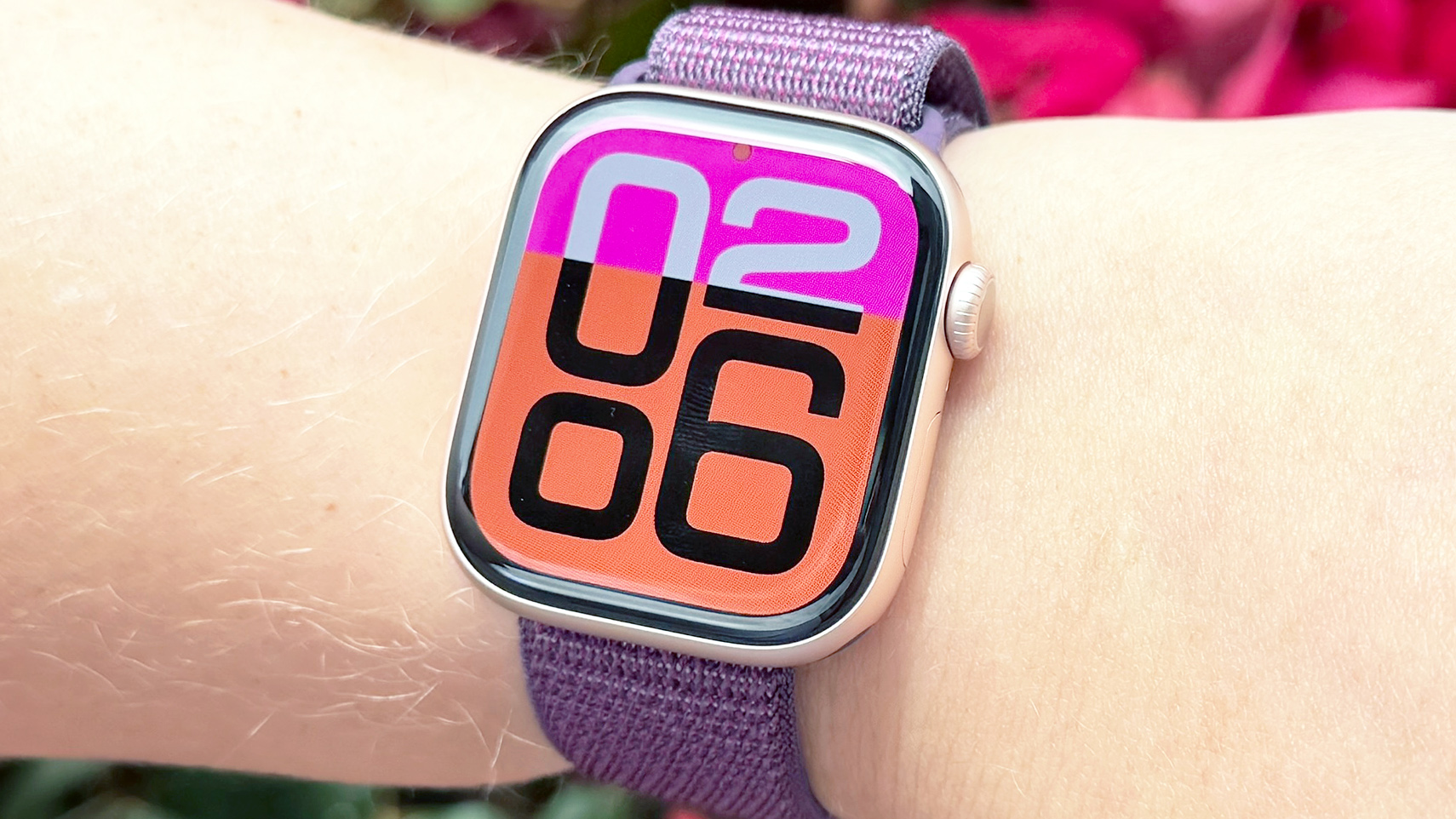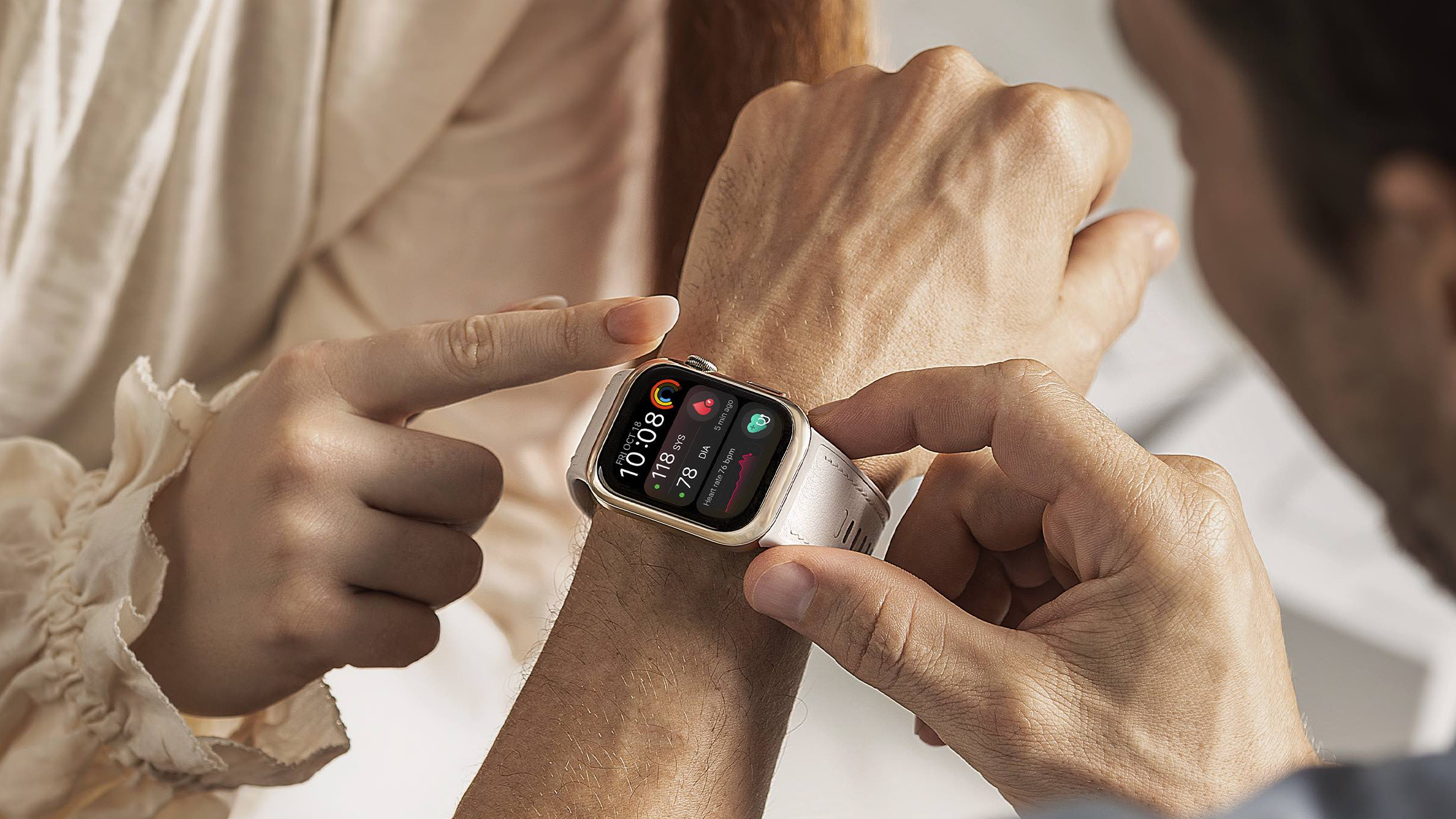Apple just lost the wearables crown to this major rival as Apple Watch shipments tumble by over 3 million

I watched this year's September Apple Event, and was so excited that the Apple Watch announcement was up first. But in the end, it was a bit of an anticlimax. The company announced the Apple Watch Series 10, which is easily one of the best smartwatches, but also a disappointment.
Yes, it's nice that there's a bigger screen, improved performance and a new chip, but it felt like a modest update to the Series 9, and if I'm honest, a bit samey. Some of the interesting new features, like breathing disturbances, are software-based, and have also come to older devices now with watchOS 11.
And I'm apparently not the only one who thinks Apple's wearables are starting to lose a bit of magic. According to a new report from the International Data Corporation (IDC), Apple shipped 3.3 million fewer watches than in the same period a year before.
There are, of course, some caveats here: the data covers Q1-Q3, which is typically January to September, and the comparisons are between 2024 and 2023. So this is mostly before the Series 10 was announced, and several months after the Series 9 launch.
But perhaps I'm overthinking it. Maybe, Apple's slip from the top of the wearables market is actually nothing to do with the buzz around the Apple Watch. IDC's data shows that most of the change was due to the explosive growth seen in China, with Huawei leading the way.

Following the 2019 ban, you can't buy Huawei devices in the U.S., so the company has increasingly focused on markets closer to home, like China, with a gigantic 44.3% year-on-year (YoY) growth, shipping 23.6 million units between Q1 and Q3 this year. For comparison, Apple shipped 22.5 million in the same period.
But I don't think it's just down to the various restrictions and regional markets that have played a role here. Huawei has also been releasing trackers and smartwatch models at a range of prices for all budgets (the Apple's 'cheaper' Watch SE is over $200), and with some genuinely interesting and useful features.
Get instant access to breaking news, the hottest reviews, great deals and helpful tips.
The company launched the Huawei D2 smartwatch earlier in the year. It does all the usual smartwatch-y things, but also has a blood pressure monitor built in. I have a medical condition that means I need to track my blood pressure, and a feature like this would be invaluable.
Our friends at TechRadar even reviewed the Huawei D2, rating it 4.5 out of 5. I have little doubt that if you could buy this device in the U.S., it'd be a massive hit because it bundles so much into such a small package. And it lasts six days between charges, compared to the Apple Watch Series 10's 18 hours.
So while Apple is still by far one of the most popular smartwatch brands in the world, it is starting to get outpaced by companies that can offer more innovative designs and a better range of prices. Something for Tim Cook and co. to keep in mind as they gear up for the Apple Watch Series 11.
More from Tom's Guide
- watchOS 11 — the biggest new Apple Watch features and how to try them
- Best Apple Watch in 2024: Each model tested and rated by our experts
- Apple Watch 10 to feature sleep apnea detection — but it won't be available at launch

James is Tom's Guide's Buying Guide Editor, overseeing the site's buying advice. He was previously Fitness Editor, covering strength training workouts, cardio exercise, and accessible ways to improve your health and wellbeing.
His first job at as a sales assistant in a department store, and this is where James learned how important it is to help people make purchasing decisions that are right for their needs, whether that's a fountain pen to give as a gift or a new fridge for their kitchen.
James is an advocate for sustainability and reparability, and focuses his reviews and advice through that lens to offer objective insights as to whether a specific product or service will be right for your needs.
